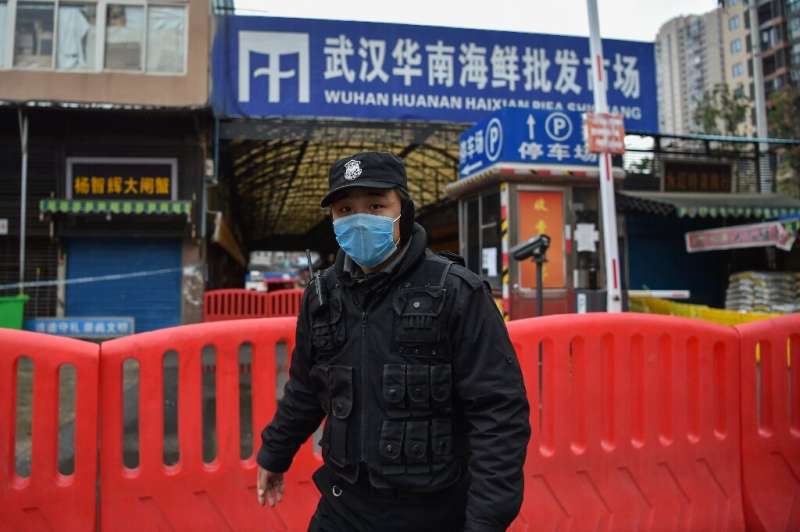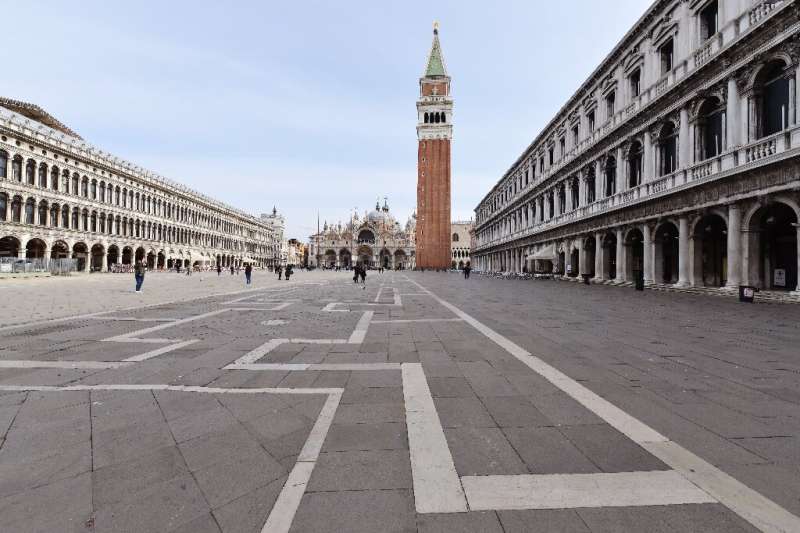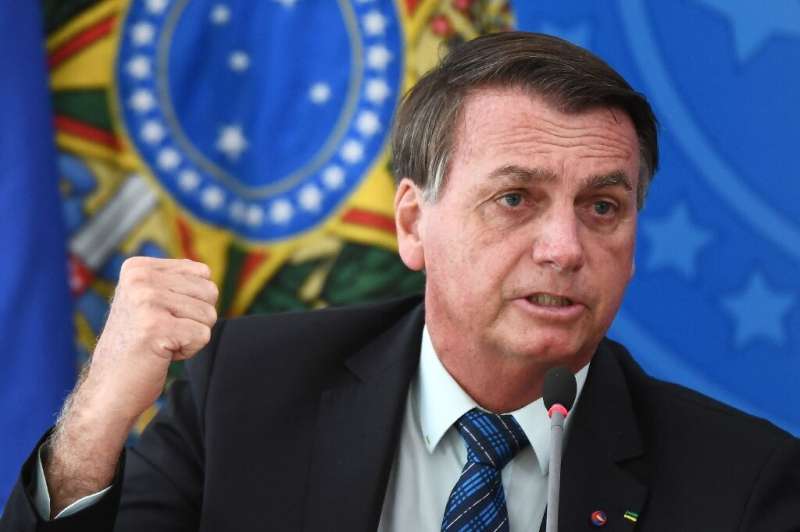Ten key moments in the pandemic

From the first cases in China to worldwide lockdowns and vaccination drives...
Here are the 10 key moments since the COVID-19 pandemic was declared a year ago by the World Health Organization (WHO).
First deaths
On December 31, 2019, the WHO is alerted to a cluster of pneumonia cases "of unknown cause" in the central Chinese city of Wuhan.
A week later, a new coronavirus is identified. China confirms on January 11 its first death in Wuhan from an illness which will be named COVID-19.
On January 23 Wuhan is placed under quarantine and cut off from the world. Countries start to repatriate their citizens from China.
France reports the first death confirmed outside Asia, a Chinese tourist, on February 15.
'Pandemic'
By March 6 more than 100,000 cases have been recorded around the world.
Northern Italy is locked down, quickly followed by the rest of the country.
On March 11 the WHO says COVID-19 is a pandemic.
Global stock markets crash.
Governments and central banks roll out massive economic support measures.
Europe in lockdown
Spain (March 14) and France (March 17) order their populations to stay at home. Germany and Britain say people should avoid all social contact. The 27-nation European Union closes its external borders.

On March 24 the Tokyo summer Olympics scheduled for July 2020 are postponed for a year.
The following day the United Nations warns that the pandemic is "threatening the whole of humanity".
Half world confined
Lockdown measures are enforced all around the world.
On April 2 more than 3.9 billion people—half of the world's population—are forced or called on to confine themselves, according to an AFP count. The same day the threshold of one million cases is crossed.
British Prime Minister Boris Johnson is infected and ends up in intensive care.
The battered US aircraft manufacturer Boeing slashes 16,000 jobs on April 29.
Many other airlines, car manufacturers, tourism, and department stores suffer and lay off staff.
Hydroxychloroquine row
Backed by US President Donald Trump as a potential treatment, malaria drug hydroxychloroquine showed no benefit in treating severely ill patients, according to British scientists on June 5. Trump will later suggest people inject disinfectant.
Surge in Latin America
By June 7 the global death toll reaches more than 400,000.
Brazil becomes the country with the second biggest death toll after the US. Its president Jair Bolsonaro calls it a "little flu", before himself becoming infected. Fellow COVID-19 sceptic Donald Trump will also get it.
Masks and anti-masks
With cases on the increase, several European countries make mask wearing compulsory on public transport, in schools and shops and on the street.
Anti-mask demonstrations are organised in London, Paris and Rome, with protesters attempting to storm the Reichstag building in Berlin on August 29.

Grim milestones
The one million deaths mark is passed worldwide on September 28. Within days infections start to spiral again in Europe, where many countries order new lockdowns and curfews, which are then eased for the end of year holidays.
The pandemic picks up pace in the US, where its handling is a key issue in the bitter presidential campaign.
A new spike there is reached on January 13, 2021 with 4,470 people dying in 24 hours.
Half a million are dead there by February 23, with new President Joe Biden pointing to a US toll greater than that in World War I, World War II and the Vietnam war put together.
New variants
The emergence in Britain of a variant believed to be more contagious forces PM Johnson to announce a new lockdown on January 4.
Other highly contagious strains are also detected in South Africa and Brazil.
The number of deaths doubles in less than four months, passing the two million mark on January 15, 2021.
Vaccines bring hope
Vaccination campaigns begin in December in Britain, Russia, the US and the EU, picking up speed in early 2021. But problems with deliveries, in particular for the Swedish/British AstraZeneca, slow down the process in Europe.
In early March the epidemic starts to slow in the US, but picks up speed again in Europe, while passing the threshold of 700,000 deaths in Latin America on March 9.
On the same day more than 300 million doses of vaccines have been administered around the world and some countries start to ease their restrictions.
© 2021 AFP



















